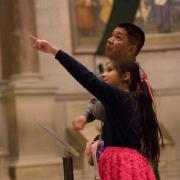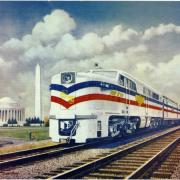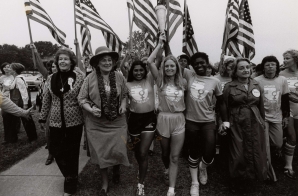
Student Field Trips
Empower students with civics knowledge and reflect on America’s founding documents – and their role in students’ lives today – with a class visit to the National Archives in Washington, DC! During our free student field trips, educators and students embark on an interactive gallery experience and engage in lively discussions about what the records reveal (or don't!) about the people and events that shaped who we are today.
There are a limited number of student field trips available each day. The maximum number of students on any one field trip is 35 to allow smooth, timely movement through our exhibits. Please inquire about availability as you schedule your field trip:
- Available for grades K-12
- Size limit: 15–35 students
- Length: 90 minutes
- Tuesday, Wednesday, and Thursday with programs beginning at 9:30 a.m. ET or 12:00 p.m. ET
- At least 45 days advance registration required
- Availability based on staff and volunteer guides
Please select your workshop and email fieldtrips@nara.gov to discuss availability and scheduling your visit.



